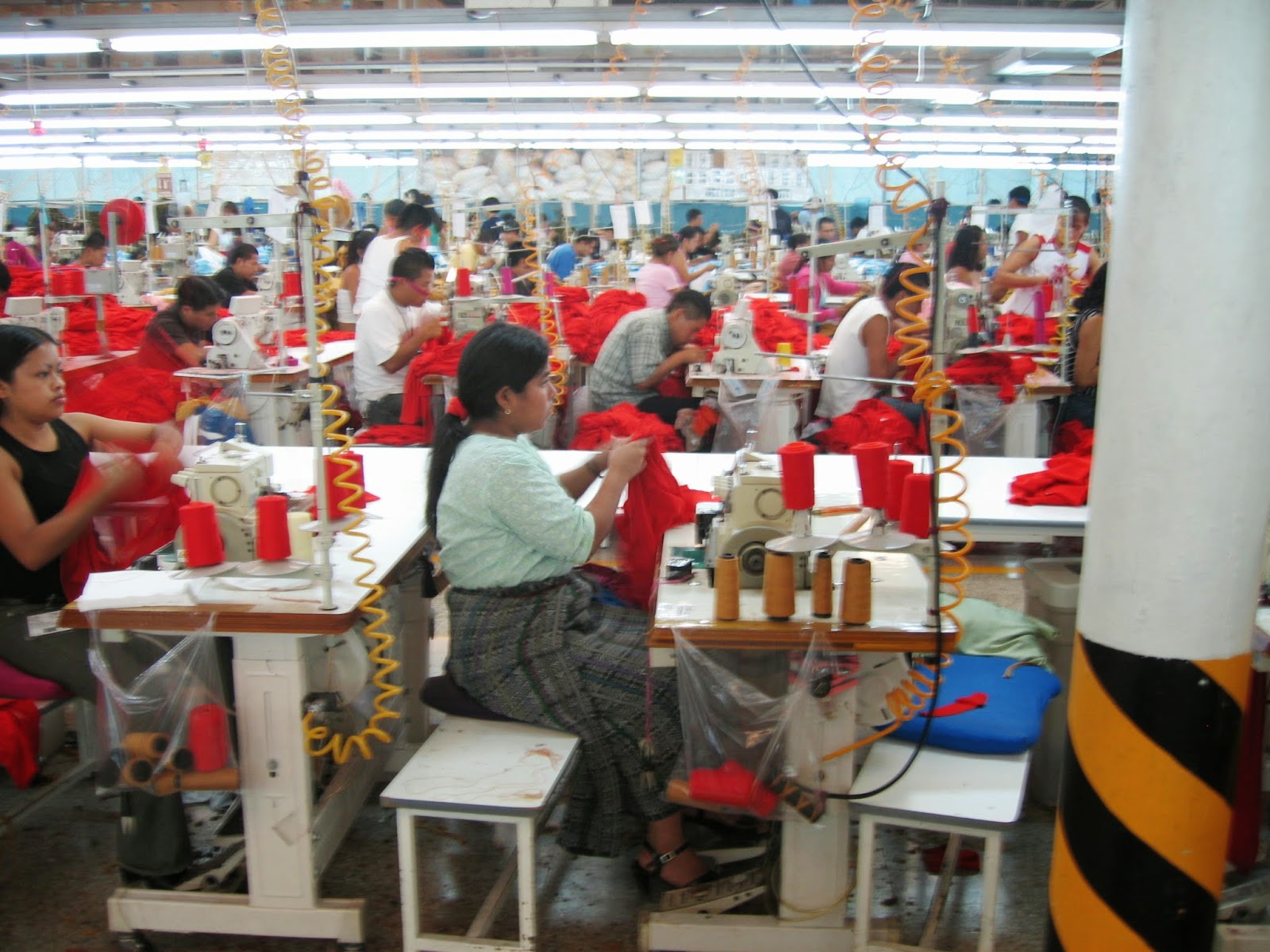As the countries started developing there was more labor jobs available
and were opening more jobs for local workers. The development of manquiladora which were an assembly plant buying foreign product to
make cheap goods. The whole purpose of the manquiladoras were to increase capital from foreign buyers. The goods were brought from China since there
cheaper but then the end product was shipped to the broader states of the United
States of America.
The manquiladoras
were not just located in Mexico but all over the Latin America’s. As time progressed many of these manufacture
owners were criticized for their long hours and horrible working condition they
gave their workers. Even though these factories were giving women chance to
work at the sometime they did not have many rights. One common thing that occurred was when they
got pregnant they were automatically getting fired. Which in the long run is when the women
really need to have a job to they can support their family.
During the later half of the sixties,
maquiladora industries rapidly expanded geographically and economically and by
1985, had become Mexico’s second largest source of income from exports, behind
oil. Since 1973,
maquiladoras have also accounted for nearly half of Mexico’s export assembly.
Between 1995 and 2000, exports of
assembled products in Mexico tripled, and the rate of the industry’s growth
amounted to about one new factory per day. By the late twentieth century, the
industry accounted for 25 percent of Mexico’s gross domestic product, and 17 percent of total Mexican employment.
Due to early established maquiladors it effect of
labor law in Mexican corporation, and it must be recognized that the impact is
significant. Labor rights are enshrined in the Mexican Constitution. The
Federal Labor Law, which implements the constitutional guarantees, is a
comprehensive statute that attempts to regulate all aspects of a labor
relationship, whether individual or collective. It is applicable to all Mexican
companies, whether foreign or Mexican owned, with or without a maquila program.
Since globalization and physical restructuring have contributed to the competition and advent of low- cost offshore assembly in places such as China, and countries in Central America, maquiladoras in Mexico have been on the decline since 2000: According to federal sources, approximately 529 maquiladoras shut down and investment in assembly plants decreased by 8.2 percent in 2002. Despite the decline, over 3,000 maquiladoras still exist along the 2,000 mile-long United States– Mexico border, providing employment for
approximately one million workers, and importing more than $51 billion in supplies into Mexico. Research indicates that maquiladoras' post-NAFTA growth is connected to changes in Mexican wages relative to those in Asia and in the United States, and to fluctuations in U.S. industrial production. As of 2006, maquiladoras still account for 45 percent of Mexico’s exports. Maquiladoras, in general, are best represented among operations that are particularly assembly intensive. Which has helped many Latin America countries with their income throughout the years of their development.
Reference:
http://www.sandiego.gov/economic-development/sandiego/trade/mexico/maquiladoras.shtml
https://www.google.com/ (Pictures)


I noticed that you misspelled 'maquiladoras' in your title and your beginning paragraphs, but you spell it correctly afterwards. I wanted to let you know so that you could correct it before the deadline.
ReplyDelete